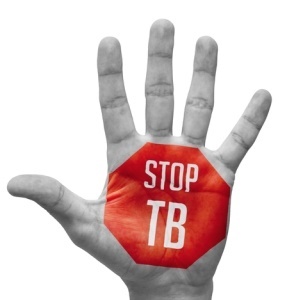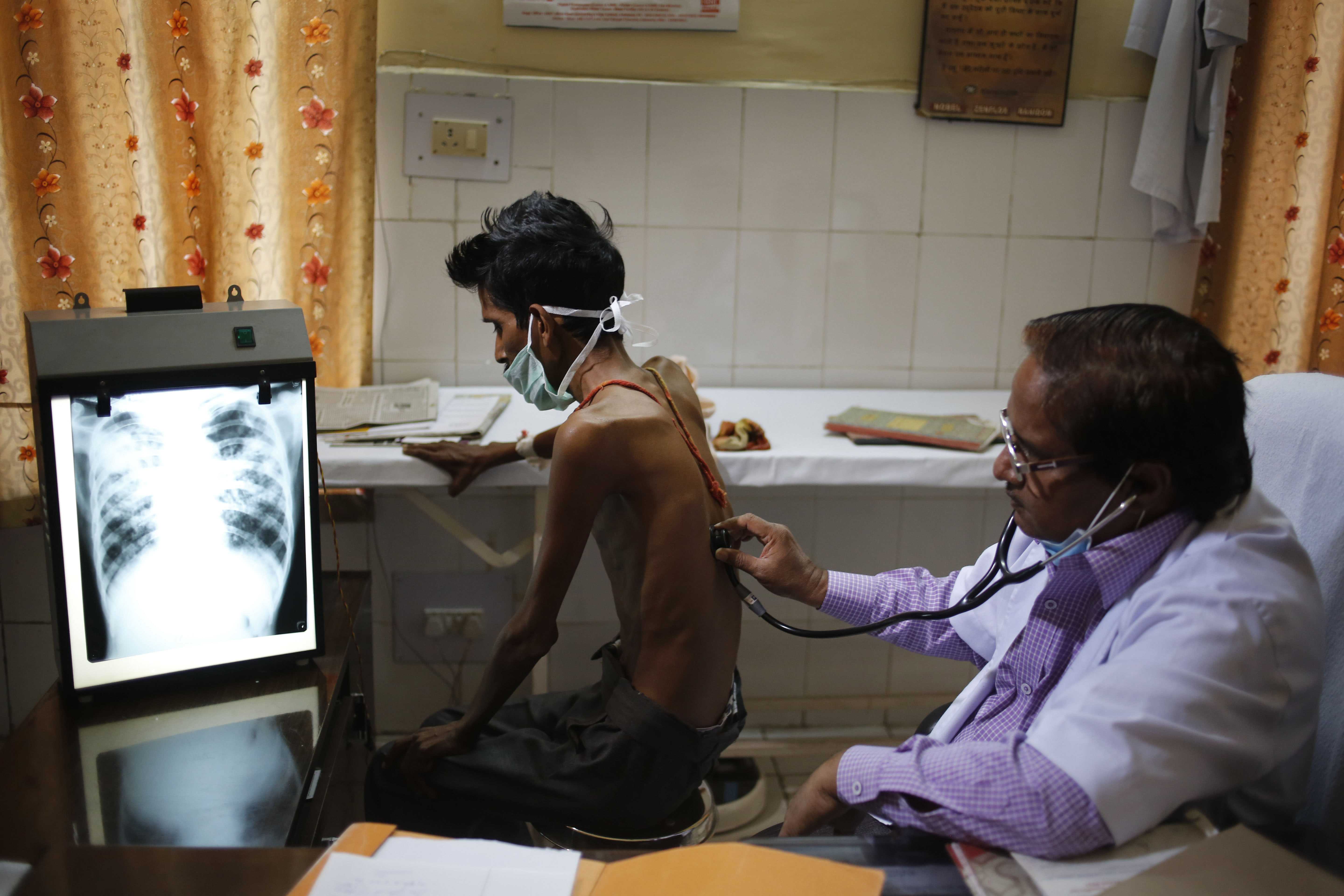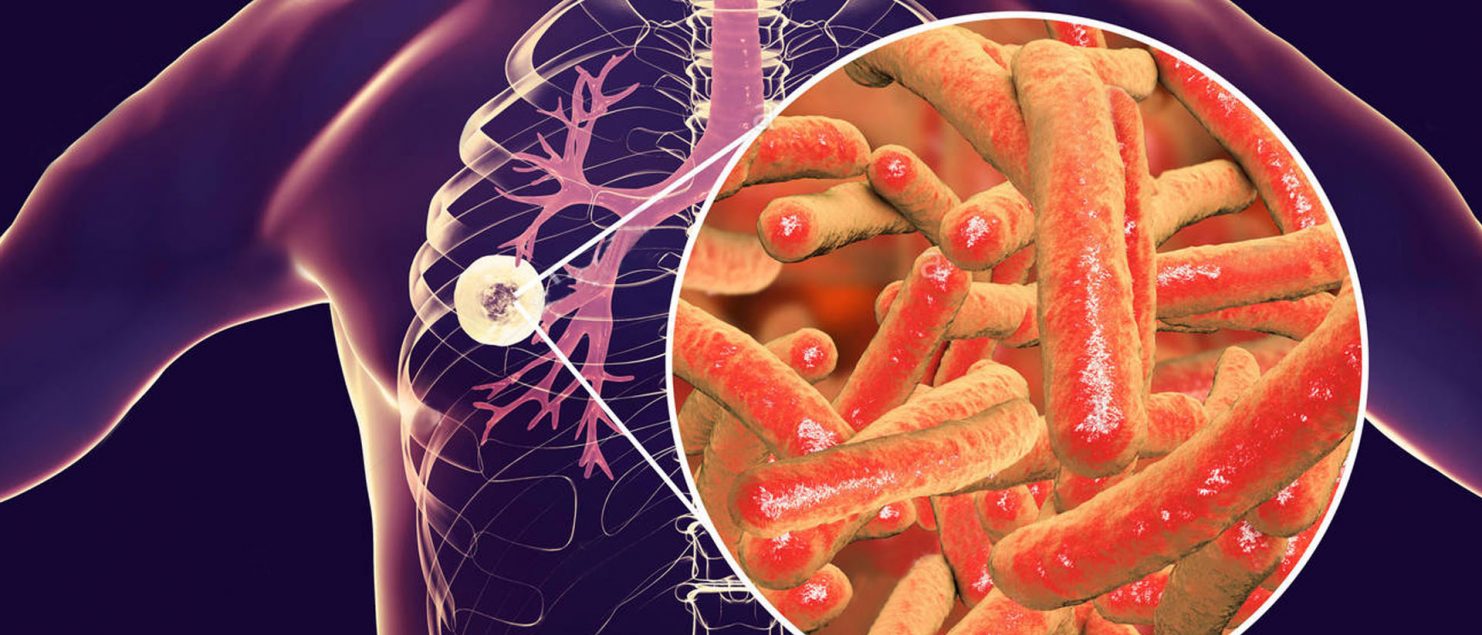India Is Battling To Control The Rise Of Drug-Resistant TB
Tuberculosis causes severe damage to the lungs and can be fatal if not treated. Tuberculosis is an airborne infection because the bacteria (Mycobacterium tuberculosis) that cause the infection can be aerosolized in air droplets when an infected person coughs without covering their mouth.
Unlike pancreatic cancer which will not show any sign until the third and fourth stages, one of the early signs of tuberculosis is blood in sputum. The patient also starts becoming weak and pale. Although tuberculosis is under control in most developed countries, its effect and mortality are still high in developing countries.
What Is Multi-Drug Resistant Tuberculosis?
 The treatment of tuberculosis is usually done with the combination of four antibiotics given over a period of six months. There was a case I encountered recently of Raman who received this treatment over six months but still found blood in his sputum. The treatment was extended for a further three months but he still coughed up blood.
The treatment of tuberculosis is usually done with the combination of four antibiotics given over a period of six months. There was a case I encountered recently of Raman who received this treatment over six months but still found blood in his sputum. The treatment was extended for a further three months but he still coughed up blood.
Raman was sent to another clinic for a further test. It was in the new clinic that they found Raman had multidrug-resistant tuberculosis (MDR TB). The implication was that the organism causing the tuberculosis was resistant to 2 of the drugs given to Raman for nine months. The only solution that could save Raman was a new blend of drugs given over 2 years.
The Impact Of Multidrug-Resistant TB On Indian Families
The incidence of MDR TB is on the rise in India. This is a serious concern because of the negative implication it has on the patients and their families. The current treatment of multidrug-resistant TB involves 6 months of injection and another six months of using a different mix of antibiotics.
The drug that is currently used for the treatment of multidrug-resistant TB can have a lot of severe side effects on children including deafness, psychosis, seizure, and blindness. The treatment is very costly and can sink the families of the victim into severe poverty. The current statistics show that the population of Indians that gets cured of MDR TB are more than half less than the total amount that contacts the disease. There is an even more deadly form of this disease known as the extensively drug-resistant TB. There is only 1 in 3 chances of survival for those who have this disease.
From my studies, I discovered that children are more susceptible to MDR TB especially those who have not been immunized. The side effect and treatment regimen needed to get this disease out of the body is also greater among children. The emergence of MDR TB is a threat to the gains that have so far been made in putting the disease under check in India. This puts the future generation of children at the risk of going through debilitating treatment.
How Severe Is MDR TB In India?
 It is estimated that out of the active 9 million cases of TB in the world, India alone has 2 million of these cases. Again, the most MDR TB cases in the world are found in India. I was alarmed to learn that out of the about 100,000 patients with MDR TB will not respond to two of the most powerful medications for TB.
It is estimated that out of the active 9 million cases of TB in the world, India alone has 2 million of these cases. Again, the most MDR TB cases in the world are found in India. I was alarmed to learn that out of the about 100,000 patients with MDR TB will not respond to two of the most powerful medications for TB.
The problem of multidrug resistance is also the reason why it has been difficult to totally eliminate tuberculosis which is one of the oldest diseases in the world. Some Egyptian mummies skeletons have been discovered to have tuberculosis. Written evidence of TB can also be found in a group of prehistoric Sanskrit texts called ‘Rig Veda’.
The treatment of MDR TB is very expensive and takes an agonizingly long time which makes many patients drop out of the process midway. This often leads to further drug resistance because low antibiotic tension is created which can help the bacteria to adapt to the antibiotics in use. It is also disturbing to know that only about 60 percent of those who complete the regimen get cured.
India’s Disturbing Future Of MDR TB
India has set different targets—and hit most of them—but the statistics on the rise of MDR TB is one area the country appears to be helpless. If I am to believe the estimates made using the current statistics, in the next decade, there could be a dramatic rise in MDR TB in India.


